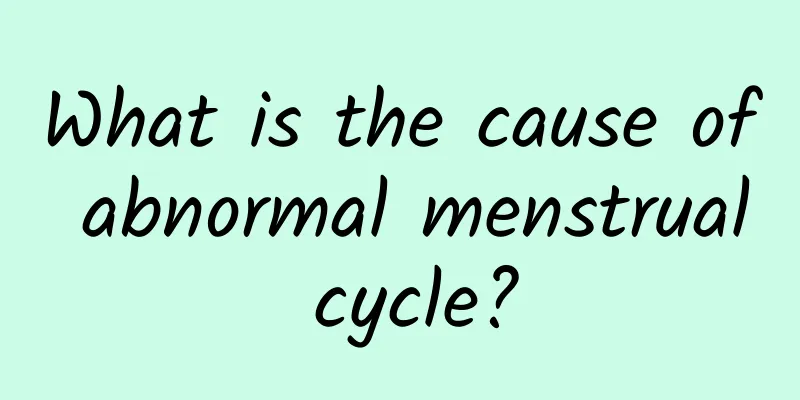Is cervical hypertrophy harmful to middle-aged women?

|
If cervical hypertrophy in middle-aged women is not discovered and treated in time, it may pose a certain threat to health. In severe cases, it may affect reproductive function or develop into an infectious disease, but early intervention can usually effectively control it. The degree of harm caused by cervical hypertrophy is mainly related to the cause and whether it is accompanied by infection. Common causes include long-term chronic inflammatory stimulation, hormonal disorders, and mechanical damage after childbirth or abortion. During the course of the disease, cervical tissue may experience edema, glandular hyperplasia, or even fibrosis, causing cervical hypertrophy. Once a combined infection occurs, it may affect the health of the reproductive system, including increasing the probability of infertility, causing pelvic diseases, or spreading infection. If the hypertrophy is not relieved or treated for a long time, some patients may suffer from cervical epithelial lesions or even cancer. For the treatment and prevention of cervical hypertrophy, different measures are taken according to the severity of the disease. Drug treatment includes the use of anti-inflammatory drugs such as metronidazole or ciprofloxacin, and intervention for patients with a clear cause of infection; surgery such as cryotherapy, laser treatment, and cervical conization are suitable for cases with obvious hypertrophy, accompanied by scars or severe lesions. At the same time, appropriate adjustments to daily lifestyle can help prevent cervical hypertrophy. It is recommended to maintain good private cleaning habits, avoid frequent artificial abortions or high-risk sexual behaviors, and regular physical examinations are also an important part of ensuring health. Once middle-aged women find symptoms such as abnormal menstruation, increased vaginal discharge with odor, etc., they should seek medical attention in time to rule out related problems such as cervical hypertrophy. Early diagnosis and intervention can significantly reduce health risks and effectively prevent the disease from worsening. |
<<: Can a female Bartholin's gland cyst be treated without surgery?
>>: What are the symptoms of intrauterine adhesions after cesarean section?
Recommend
Are uterine and ovarian cysts serious? What are the dangers?
The severity of ovarian and uterine cysts depends...
To prevent vulvar leukoplakia, we should focus on strengthening exercise and regulating diet.
The occurrence of vulvar leukoplakia has brought ...
[Video version] Apple cider vinegar relieves constipation, lowers blood sugar, and can also help you lose weight?
There are hundreds of ways to lose weight, and so...
What to do if endometrial polyps recur for the second time
The recurrence of endometrial polyps can be treat...
Uncover the causes of cervical polyps
Everyone is familiar with cervical polyps. Cervic...
What are the precautions after uterine curettage? See what the doctor says
After the uterine curettage, you should avoid ove...
Tell you why you can't have children after menopause. You need to think twice about the risks of having children at an advanced age.
Generally speaking, women's physical function...
One month after miscarriage, the belly is obviously enlarged
Belly enlargement one month after miscarriage may...
Clinical symptoms of ovarian tumors
What are the symptoms of ovarian tumors? What are...
How is endometriosis diagnosed?
Endometriosis is a common gynecological disease i...
How to treat habitual miscarriage
How to treat habitual miscarriage? Habitual misca...
Can the right ovarian cyst be cured after 4 years? What should we pay attention to in life?
Can right ovarian cysts be cured within 4 years? ...
What are the dietary taboos for those suffering from candidal vaginitis?
Now we must pay attention to our daily diet in ou...
What are the symptoms of uterine fibroids? What are the common manifestations of uterine fibroids?
Women should be familiar with diseases such as ut...
Double the weight loss effect! Eat this way before and after exercise
[Key Points]: Exercising on an empty stomach does...









